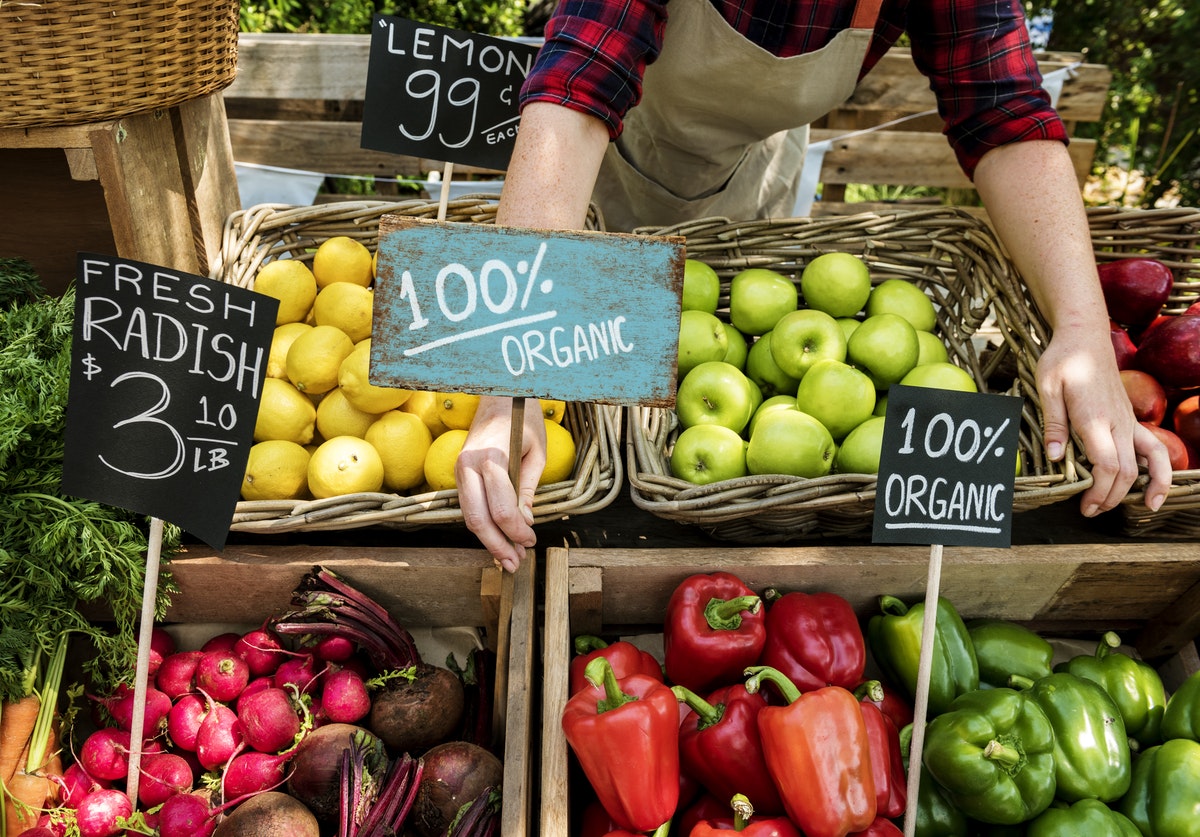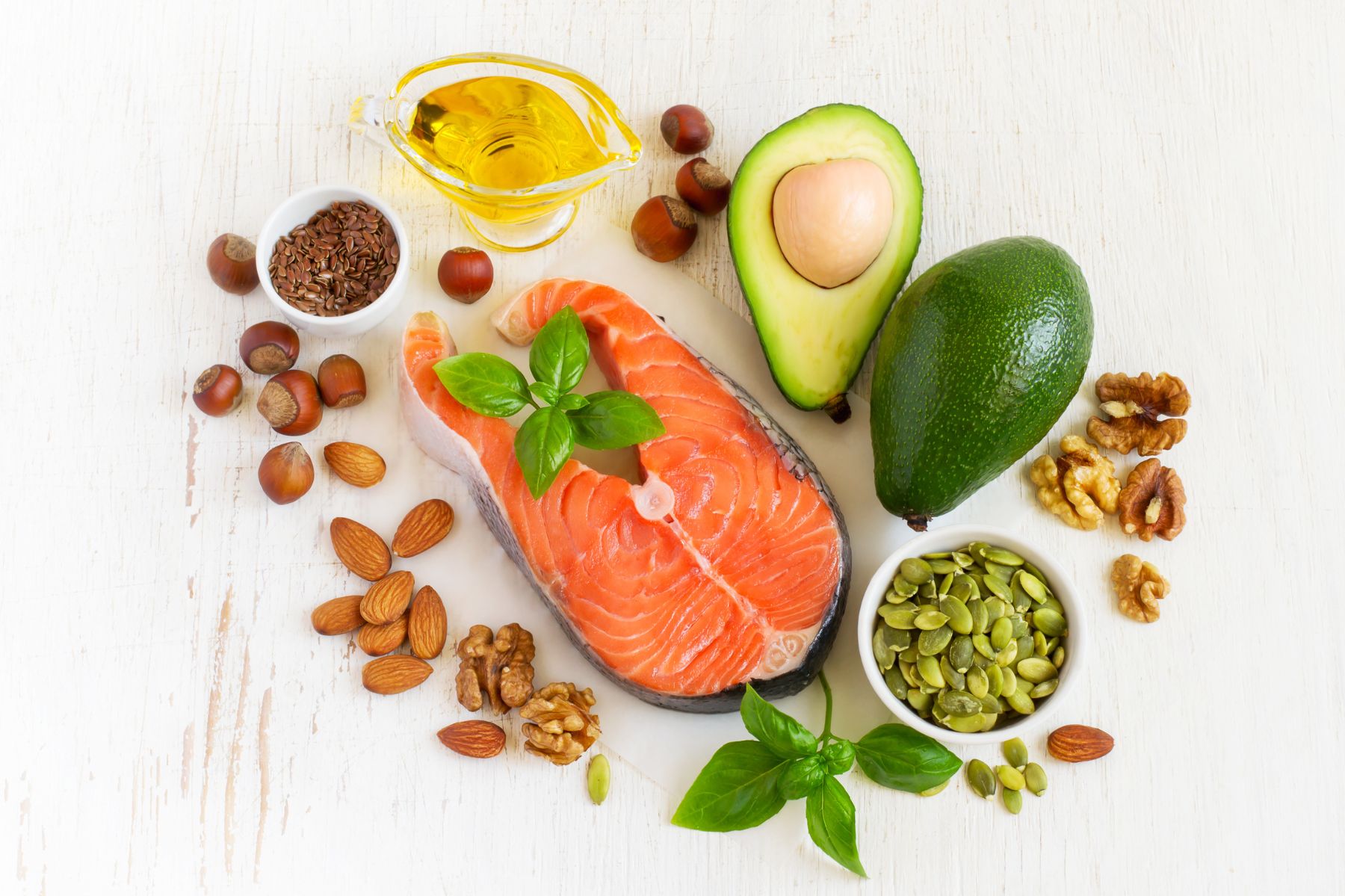What to eat in November. Eating seasonal food is good for sustainability and your health and November is a month surprisingly rich in anti-oxidants and anti-inflammatory foods. There is a huge variety of vegetables and fruits to choose from to please our taste buds and support our health.
Pears.
Surprisingly rich in anti-oxidants and phytonutrients, pears are low GI, rich in fibers, and hypoallergenic, making them perfect for kids and elimination diets. They are great as a snack, kids’ lunchboxes, salads and baked with a bit of cinnamon.
Rocket.
One of the most nutritious greens in the world, rocket is packed with nutrients and help support liver detoxification pathways.
Swiss chard.
Another green leaf vegetable, a great alternative to kale and spinach. It is a part of the beetroots family and it is rich in anti-inflammatory properties. Try with fish, meats, and together with beetroots for an anti-inflammatory kick.
Pumpkin.
This vegetable does not need an introduction, and it is the perfect complement to green vegetables. It is rich in antioxidants and vitamin A and its sweet taste makes it perfect for kids. You can use it in almost anything: stews, salads, soups, risotto, and even cakes.
Sardines
This cheap, easily available small fish is ideal for convenience and nutrients. it is rich in good fats, vitamin D, and calcium which make it good for those on a dairy-free diet, as a support for your immune system due to anti-inflammatory good fats and vitamin D, and a good source of high-quality proteins.
Oats
They are anti-inflammatory, gluten-free ( but check on the package that they are not made in a place that handles gluten as well as there could be contamination), and usually well tolerated. With their balanced proteins and slow-released carbs, they are perfect for those winter breakfasts. They can also be grinder in a blender and used for gluten-free baking.
Beetroots+ beets greens.
A nutrition-dense food, that together with its greens is rich in folate, potassium manganese, and iron among others. A very good source of betaine which has great anti-inflammatory properties, beetroots are very convenient and can be used in salads, lunchboxes, dips, and juices.
Walnuts.
Rich in ALA, alfa-linoleic-acids they support brain functions and mitochondria. Great as snacks, and on salads.
Blackberries. Rich in Vitamin C, K, anthocyanins, and manganese, they help support the immune system, collagen production, are anti-inflammatory and protect the cardio-vascular system. Great substitute to blueberries, they are great in porridge, yogurts, salads and as a snack.
Radicchio.
Another red/purple vegetable, with its bitter taste, helps secretion of the digestive system in particular the bile. Great added in salads, and combined with rocket. Perfect to help digest all those typically fatty winter and Christmassy foods.
Red cabbage.
This cheap and easily available vegetable is great to be eaten raw in salads and coleslaw. Rich in vitamin C, and with a crunchy taste, it is an easy and cheap way to add more Vitamin C during the winter times. Try it in a coleslaw with a cumin, tahini, and yogurt dip.







